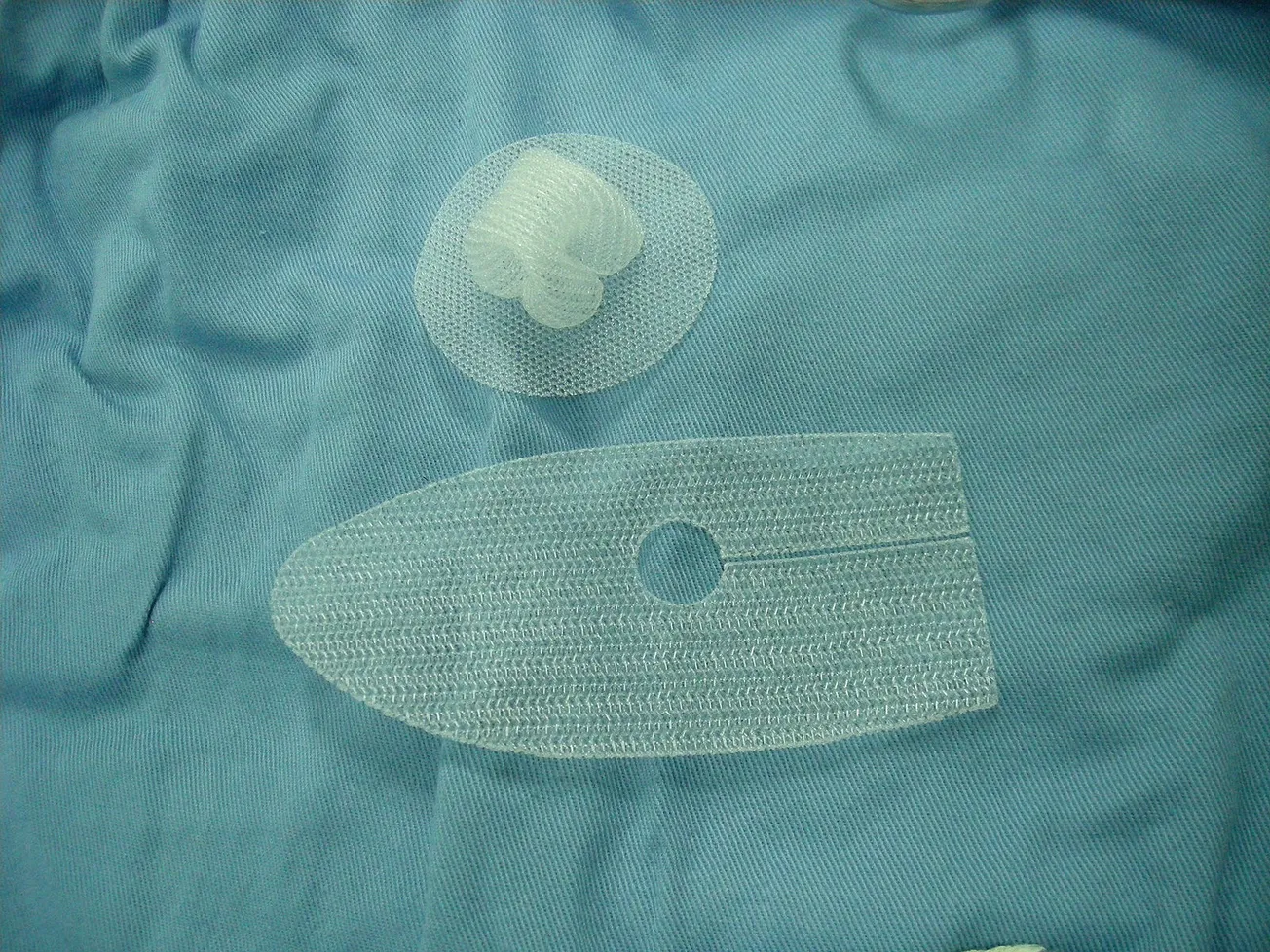Press Release: Mesh Down Under
Tangible Concrete Commitments… Where Are They?
The use of surgical mesh for medical procedures has come under increasing scrutiny around the world because of high complication rates and problems with patient safety.
Consumer advocacy group Mesh Down Under has been lobbying since 2012 for practical help and changes in health care based on patient safety and rights.
The report, written by the Victoria University Restorative Justice research team dedicated to the 7-month long surgical mesh project (https://www.restorativehealth.net/), was published today by the Ministry of Health.
The researchers analysed feedback that was provided by both patients and surgeons who contributed anonymously to the report. Several surgeons said when they tried to raise concerns about a colleague’s ability to perform mesh surgery, they were severely bullied. That has perpetuated a culture which fails basic patient care and safety standards.
Even more devastating it was noted that when patients have been injured, they have found their original surgeons unable to fix injuries caused by surgery. Their concerns, injuries and pain were reported as often dismissed and labelled as “being in their head”.
That harm continues when the patient then deals with state agencies. Hundreds of patients detailed obstructive and protracted claims processes with the ACC. When they tried to raise concerns with the Health and Disability Commissioner regarding the medical treatment that had led to their injuries, the process was also arduous and difficult.
A clear theme that emerged was the lack of accountability for mesh-injured patients – many of whom, in hindsight, had not been given adequate information about the surgery they were having and whether their surgeons were properly qualified to be undertaking procedures in the first instance.
The report encapsulates the sometimes harrowing details and personal stories from hundreds of men and women in New Zealand who have been harmed by the use of surgical mesh in their treatment.
Stories regale poor health information, surgical incompetence, medical negligence and an alarming lack of accountability among health professionals and other agencies which are supposed to put patient rights and safety first.
Mesh Down Under fully supported this Restorative Justice process. It was an extremely significant and important step to take, although it is several years too late. We commend the way that this process has been undertaken, finally giving the mesh injured community to share their lived experiences of what has been going on behind the scenes.
While the report identifies a raft of proposals, we would like a clear commitment from the Government on these. There is no need for further consultation or review, as they have been identified to be in patients’ best interests and safety numerous times, including as part of the Health Select Committee report three years ago.
The continual delays in the progress of the necessary initiatives and changes that had previously been identified as urgently needed have been reiterated once again within this report. Seeing the same proposals come up yet again, for the specific help that we have been asking for several years, has resulted in a great deal of distress for some of our members.
After a summation meeting in Wellington, last month, Mesh Down Under was told that the relevant individual health agencies would be contacted by the Restorative Justice Team to confirm their commitments to action.
We are yet to see these commitments in full but will continue to push for robust funding. Without it, we wonder how the Government can support these agencies to make any meaningful progress on the proposed programs or ensure change is implemented with urgency.
We are pleased with the few measurable, tangible concrete commitments and timelines identified and we will be watching closely to ensure these promises of action are kept.
Mesh Down Under believe that these questions need to be asked of the government-
1. Will implementing the actions identified in the report meet the needs of those already harmed and prevent future harm?
2. Will, the government provide the funding that will be required to implement the actions identified and when?
3. Will New Zealand finally follow overseas action and suspend mesh procedures whilst mandating high vigilance scrutiny on non-mesh procedures, until all recommendations are actioned and fully implemented?.
We look forward to the Government’s timely response.
Excerpts from the report:
“Patients emphasized that a meaningful apology must include acknowledgement of harm […]”The loss of trust they now have in health care providers and institutions cannot be overstated”.
“Restoring trust and confidence in clinicians and the healthcare system was considered a major priority” of this process. But patients identified that “this is dependent on “seeing tangible progress” in rectifying the problems created by surgical mesh.”
“Patients injuries and needs have rarely been acknowledged or validated by those in the health system, leaving them feeling desperate and, in many cases, contemplating suicide”.
https://www.health.govt.nz/publication/hearing-and-responding-stories-survivors-surgical-mesh
By 2002 surgical mesh devices were freely available in New Zealand, which had (AND STILL HAS ) no requirements for pre-market testing or proof of safety or efficacy for medical devices. Surgeons recommended the procedure to patients, who received very little information about what the surgery involved. Research showed that very few, if any, were warned about the potential risks of lifelong complications.
In 2008 a statement was released by the FDA, warning of risks from pelvic mesh such as erosion of vaginal tissues, pain, infection, recurrence of POP, and new onset of SUI. At that time New Zealand’s Medsafe had received only 14 reports of adverse events (such reports are not mandatory, and the Accident Compensation Corporation (ACC) did not share treatment injury information with Medsafe until 2017. After a review, Medsafe concluded that the benefits outweighed the risks.
This all changed in 2012 when the first US court case against a mesh manufacturer concluded in favour of the patient. The gag order came off and media coverage began. Affected people made the link between their pain and suffering and the mesh implant, and realised they were not alone. As Carmel Berry recalled: ‘The feeling of finally being believed was overwhelming. I wanted to talk to other people, share my story publicly and warn others to avoid mesh.’
The formation of Mesh Down Under
Mesh Down Under was initially conceived as an online support group for people to share their lived mesh experiences. From the initial group of six members, numbers grew to over 50 within a few months. Co-founders Carmel Berry, Patricia Sullivan and Charlotte Korte realised that the number of mesh-injured New Zealanders was increasing and that the issue needed to be highlighted to the health sector and lawmakers.
Over the following two years, calling themselves ‘The Three Meshketeers’, they undertook to fully research the scale and scope of the issue, and endeavour to highlight to health authorities the difficulties faced by these patients, as they searched for the recognition of their symptoms and the help they needed.
They doggedly sought help from many organisations and people in the health sector, including Medsafe, Women’s Health Action, representatives of various medical colleges, the Health Quality and Safety Council, Health and Disability Commissioner (HDC), and ACC. Almost every meeting concluded with a recommendation that they pursue another agency or organisation that ‘may be able to help’.
They also regularly wrote to politicians and ministers asking them to investigate the growing number of mesh-related treatment Injury claims. They established relationships with media contacts and got regular coverage by investigative journalists, who were also seeing the global scandal unravelling.
Taking action
By March 2014 they believed they had enough evidence to convince the government to launch a full inquiry into the problem. They launched a petition calling for the Health Select Committee to recommend an independent and transparent inquiry into the use of surgical mesh in New Zealand. This was followed by their supporting submission, providing ‘overwhelming evidence about the use and issues of surgical mesh and … concrete ways to improve outcomes for patients’.
After numerous gruelling sessions where the women were challenged by top health officials, the Health Select Committee’s report was presented to Parliament on 1 June 2016. It included seven recommendations, in three areas: the investigation of options for a surgical registry, improvement in medical practice, and the role of the regulator in pre-market medical device approval. In a report tabled on 24 August 2016, the government carefully considered the Committee’s report and supported all of its recommendations.
8 critical words were part of the Select Committee recommendations was “take note of the petitioners’ and others’ experiences. And that was the basis for kick-starting and implementing the ‘Restorative Justice Mesh Project which finally began in late 2018.
Mesh Down Under currently has 911 members.
Full story with references can be found here: https://nzhistory.govt.nz/women-together/mesh-down-under








